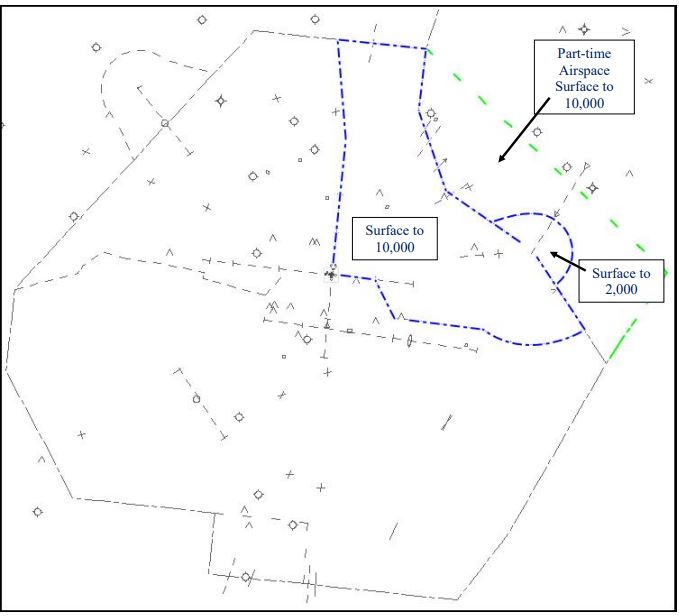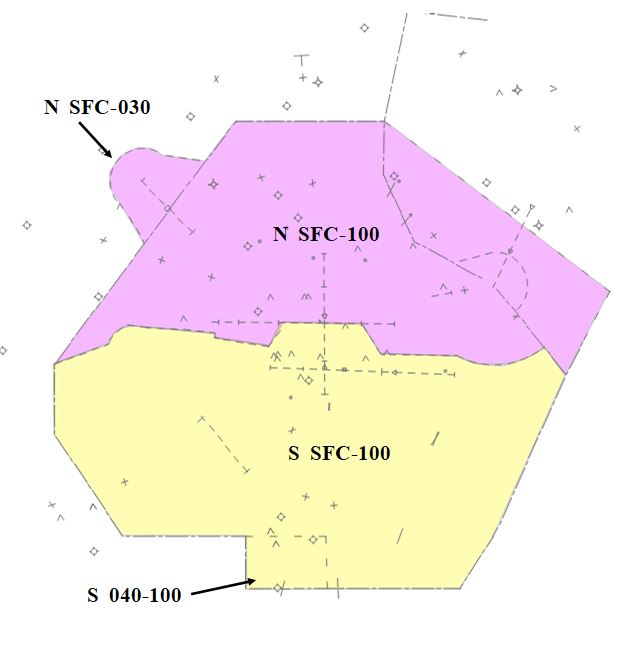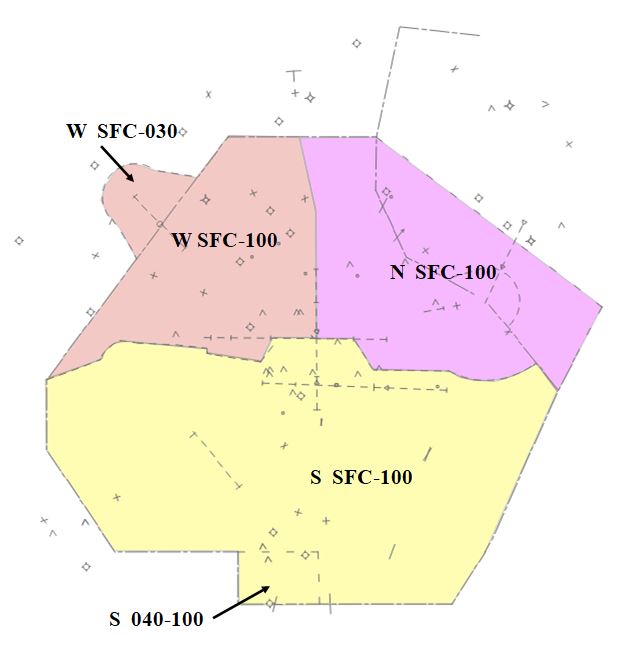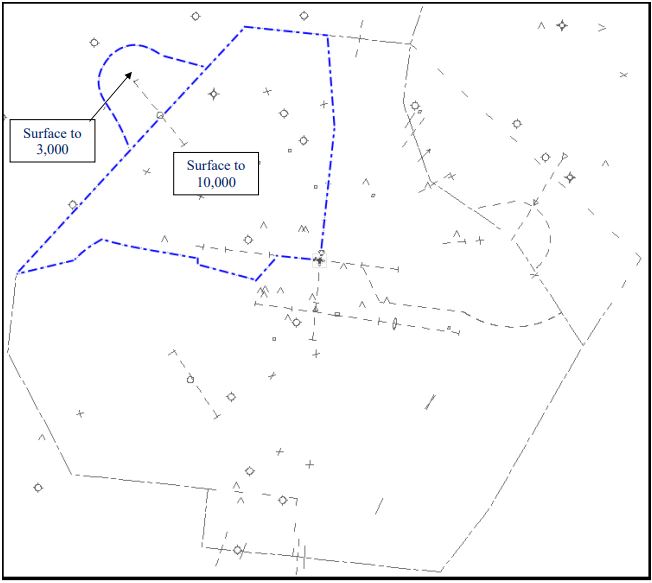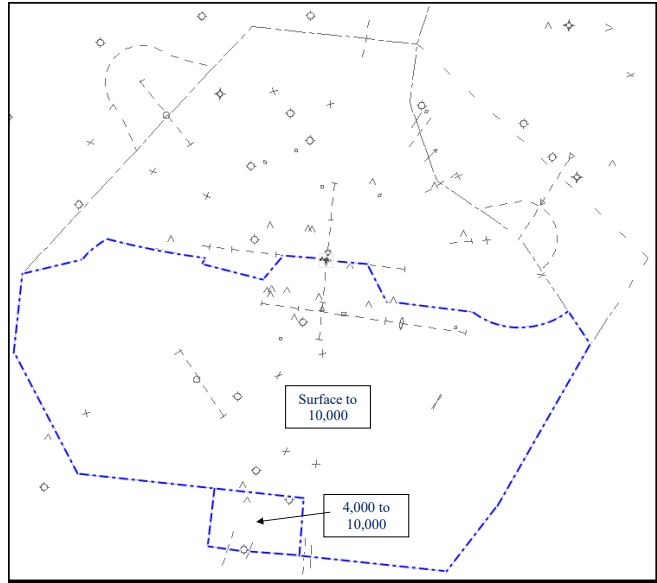Savannah ATCT/Tracon
Table of Updates
| Date | Revision | Items Revised |
|---|---|---|
| TBD | A | Cleanup and Re-organization/ Savannah Will Now Accept Radar Handoffs/Splits Added |
Area Information
| ICAO Code | Airport Name | Airspace | IFR Beacon Codes | VFR Beacon Codes |
|---|---|---|---|---|
| KSAV | Savannah/Hilton Head International Airport | C | 6701-6777 | 6701-6777 |
| Purpose This document prescribes the procedures to be utilized for providing air traffic control services at the Savannah/Hilton Head Air Traffic Control (SAV Tracon/ATCT). The procedures described herein are supplemental to the Jacksonville ARTCC Facility Operating Guidelines and FAA Order JO 7110.65, as well as any published FAA guidelines or procedures. Distribution |
Operational Positions
| Position | Radio Name | Callsign | Symbol | Frequency |
|---|---|---|---|---|
| Clearance Delivery | Savannah Clearance Delivery | SAV_DEL | 6SD | 119.550 |
| Ground | Savannah Ground | SAV_GND | 6SG | 121.900 |
| Tower | Savannah Tower | SAV_TWR | 6ST | 125.975 |
| Position | Sector Name | Callsign | Symbol | Frequency |
|---|---|---|---|---|
| RN | Radar North | SAV_N_APP | 6RN | 125.300 |
| RW | Radar West | SAV_W_APP | 6RW | 118.400 |
| RS | Radar South | SAV_S_APP | 6RS | 120.400 |
Sector in Red is the primary sector.
Clearance Delivery
Clearance Delivery Responsibilities
The Clearance Delivery Controller Must:
- Formulate and issue all IFR and VFR clearances to aircraft departing this field.
- Review proposed flight plan information for accuracy and amend routings and altitudes, as necessary, in accordance with this SOP.
- Enter amendments to flight plans into the controller client as required and advise the pilot what those amendments are.
- Issue clearances or route changes to aircraft, as required complying with traffic management initiatives and/or weather avoidance.
- Forward and await a response on all non-standard routing requests to the affected facilities.
- During Events: Do not change routes or proposal times for aircraft participating in Traffic Management programs without prior coordination with the controller in charge.
Pre-Departure Clearances
IFR Departures
Planned/Amended Routing
All Aircraft shall be "Cleared as filed" unless a route amend is necessary. All routes must comply with LOA-approved standards. Aircraft unable to accept preferred route require coordination between all affected facilities.
Note: Amend all Jet/Turboprop departure filed above 10,000 requesting route between Savannah 270 radial clockwise to 090 radial via SMALZ or JROSS, as appropriate.
CD is responsible for rerouting all aircraft departing SAV that will transit over any active MOAs or restricted areas in or above the SAV airspace.
Departures
There are no SIDs out of Savannah/Hilton Head International,\.
N/A
Assigned Altitudes
Instruct all pilots to maintain 3,000 feet and to expect filed cruise altitude (If higher) ten minutes after departure. All filed cruise altitudes must be checked for validity for the direction of flight and/or LOAs.
Note: all flights outbound on the east side of the FL peninsula shall be assigned an even altitude if landing within the zma airspace.
Departure Frequency
The Primary Departure Frequency is SAV_N_APP on 125.300. Updates to the Departure Frequency will be given by the TRACON controller
Squawk Assignment
All IFR Squawk codes will be auto-assigned by the controller client.
It should assign a code between 6701-6777. Controllers shall not change the auto-assigned code if a code between 6701-6777 is not assigned.
VFR Departures
Clearance
VFR Aircraft do need explicit clearance "into" or "out of" the airspace.
All VFR remaining in the pattern will require coordination with the tower.
Assigned Altitudes
Not Remaining in the Pattern
If Aircraft is not remaining in the pattern, issue the instruction "Maintain VFR at or below 3,000 feet".>
Departure Frequency
Aircraft not remaining in the pattern shall be given the Departure Frequency is SAV_N_APP on 125.300.
Aircraft remaining in the pattern shall not be given a departure frequency.
Squawk Assignment
VFR Squawk codes shall be assigned by the controller client using the assign squawk feature in their controller client for all traffic.
Ground
General Information
Ground Control Responsibilities
The Ground Controller is responsible for the movement of vehicles and aircraft on the airport movement areas except for the active runway(s)
ATIS
Ground control shall confirm all pilots have the current ATIS code PRIOR to commencing taxi to the active runway. This can be achieved by requesting the pilot "state the current ATIS code". The ATIS is the responsibility of the tower controller.
Active Runway Operations
Except for runway crossings, Ground Control must transfer communication to Local Control if a vehicle/aircraft is to operate on a runway. Coordination for all runway crossings must be accomplished by requesting permission from local control by stating "(Number of Aircraft) to cross Runway (#) at Taxiway (Letter). Once approved and crossing has been granted and the crossing has been observed, ground control must state to local control "Runway (#) crossing complete"
Intersection Departures
Ground Control must advise local control of all intersection departures verbally.
Opposite Direction Departures
Ground Control must coordinate and obtain approval from Local Control, prior to taxiing an aircraft to a runway for an opposite-direction departure.
Pushback and Startup
Push back into a controlled area: Aircraft shall be instructed: "Push and Start Approved, tail facing (direction)." The direction should keep the aircraft pointed in the direction the aircraft will taxi.
Push back will not enter a controlled area: Aircraft shall be instructed: "Push and start at pilot's discretion."
Runway Assignments
GC shall taxi aircraft to the appropriate runway for their direction of flight. GC shall use Departure Runway Assignments at all times.
Transfer of Communication
Departing aircraft shall be instructed to contact the local control frequency upon or slightly before holding short the runway for departure. Local control has the option to have the pilot "monitor" the frequency. If a pilot is going to monitor, ground control must send a private message via the controller client of the aircraft with their callsign and runway.
Tower
Active Runway Selection
A two-runway configuration must be used, even if only one runway is active.
The active runway shall be determined based on wind and known factors that may affect the safety of takeoff/landing operations.
Runway 10 and 1 are designated as the calm wind runway.
Note: It is “operationally advantageous” to stay in a Runway 10/1 configuration whenever possible. There, Runway 10/1 will be used until the airport wind value at or above five knots.
7110.65Z Runway Selection
Area of responsibility
LC has responsibility for a five-mile radius from the SAV field from the surface up to and including 2,000 MSL.
Arrival Procedures
LC shall be responsible for the separation of all arrival aircraft that have been handed off by TRACON from all departing aircraft still under LC jurisdiction
Practice Instrument Approaches: Issue special instructions as verbally coordinated with the TRACON. Practice Instrument Approaches shall assign runway heading and maintain 2,000 feet. Departure frequency as assigned by approach control.
LC shall NOT change the approach sequence without coordination. Communication transfer must be completed before five nautical miles from the runway.
Automatic Terminal Information Service
LC shall manage the ATIS
Automatic Releases
LC is authorized automatic releases from the TRACON controller so long as the aircraft departs on the pre-coordinated active departing runway(s) on approved departure headings
In order for automatic releases to be authorized, procedures in this document shall be followed.
Departure releases must be obtained if automatic releases are suspended by TRACON.
Departure Procedures
LC will provide separation for aircraft in the LC airspace.
LC shall provide initial radar separation between successive departures.
When automatic departures are in effect, IFR jet/turbojet departures shall be released on runway heading climbing to 4,000 feet.
When automatic departures are in effect, IFR departures may be released on a heading as depicted, climbing to 3,000 feet. Aircraft shall be assigned a departure heading towards the receiving TRACON sector’s (RN, RW, RS) airspace.
When automatic releases are in effect, VFR departures may be released on a heading as depicted, climbing at or below 3,000 feet.
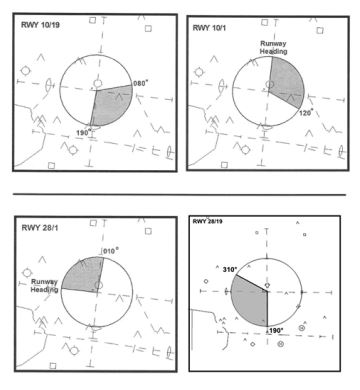
Go Around/ Unplanned Missed Approaches
LC shall assign IFR aircraft 2,000 feet. LC will issue runway heading.
LC must verbally coordinate with departure prior to frequency change. Radar handoff, controller coordination and voice handoffs should be initiated as soon as practical to the appropriate final controller.
Land and Hold Short
LAHSO operations are authorized at SAV. Operations are approved for the runways and associated hold short points and when weather conditions are dry.
| Runway | LAHSO Point | ALD |
|---|---|---|
| 1 | RWY 10/28 | 4,050 feet |
| 10 | RWY 19/1 | 5,450 Feet |
| 28 | RWY 19/1 | 3,250 Feet |
Line Up and Wait
Line up and wait is authorized at this field only in VMC Conditions. LUAW departures from an intersection are only authorized between sunrise and sunset.
Radar Tower
Inbound aircraft to SAV shall be radar handed off to Savannah Tower no earlier than 20 miles from the field. Verbal handoff should occur no further than 5 miles from the runway.
Traffic Pattern
The VFR pattern will be at or below 1,500 feet.
TRACON Information
Sectorization Description
The primary “combined” radar position shall be RN. No other sectors shall be staffed until the “combined” position is already in use
Once RN is in use, RN may delegate a portion of its airspace to RS. Thereafter, RN may delegate a portion of its airspace to RW.
Unless otherwise coordinated, RN, RW, and RS are responsible for areas depicted.
RN, RW, and RS provide overflight services and approach sequence to airports landing in the Savannah ATCT airspace.
VFR Aircraft
VFR Aircraft entering the Class Charlie airspace will be given a discrete beacon code.
If an aircraft departs from SAV and does not request a flight following, the aircraft will be handed off from LC to TRACON and released to UNICOM once clear of the Class Charlie.
Handoff and Radar Tracking
Savannah ATCT is a Radar tower. Radar handoffs shall be initiated to LC no earlier than 20 miles from the field. Verbal handoff should be completed by 5 miles from the field.
TRACON controllers shall not drop track on any arriving aircraft. This allows a controller to maintain radar identification during missed approach.
Release and Rolling Calls
TRACON sectors give automatic releases to all departures from Savannah ATCT when departures follow the standard departure procedures as specified in this document.
All other airports within TRACON’s boundaries shall request a departure release. Upon approval of the release, the release shall be good for five minutes.
Upon issuance of the takeoff clearance, a departure message shall be sent to the appropriate departure sector. This can be accomplished non-verbally by the LC ensuring the aircraft is squawking the appropriate squawk code and mode C is enabled when airborne.
TRACON Departure Procedures
Forward departure instructions to LC for aircraft executing practice missed approaches.
Ensure all departures are on course as soon as practical.
All departures should be on course before handoff to Enroute Control unless otherwise coordinated. Aircraft shall be climbed to 10,000 or less if filed.
Provide airspace for automatic departures and radar final.
Provide airspace for missed approach on all runways.
Prearranged Coordination
Prearranged coordination are authorized within seven miles of the SAV Airport when aircraft have been radar identified and two-way communication has been established.
Prearranged coordination procedures for each runway configuration are as follows:
- Runway 10/1: RS/RW may transit RN airspace without coordination
- Runway 10/19: RW/RN may transit RS airspace without coordination.
- Runway 28/19: RW/RN may transit RS airspace without coordination.
- Runway 28/1: RN/RS may transit RW airspace without coordination.
TRACON Arrival Procedures
The sector responsible for the primary runway shall establish the approach sequence for all arrivals.
Communications transfer of arriving aircraft to LC must be accomplished no later than five nautical miles from the end of the arrival runway.
When simultaneous approaches are being conducted on converging runways, LC is responsible for ensuring runway separation. However, TRACON must provide enough spacing to minimize the possibility of a go-around.
When vectoring to final from parallel downwinds, aircraft on opposing base legs shall be assigned altitudes to ensure vertical separation unless other approved separation has been applied. This ensures separation in the event of an overshoot on final.
Coordinate with LC for any aircraft conducting approaches to other runways than the active arrival runway(s) in use.
Satellite Procedures
Aircraft departing from, or destined for SAV satellite fields (defined as any field other than SAV inside of the SAV designated airspace), shall be kept clear of departure flows into and arrival flows out of SAV whenever possible.
For arrivals into satellite airports: Once aircraft have received an approach clearance, a pointout to the appropriate ATCT shall be initiated. Once the pointout is completed, aircraft communications shall be transferred to the ATCT.
Responsibility
RN area of jurisdiction is the northeast quadrant of the airspace as depicted, surface to 10,000 MSL.
RN is responsible for departure control for north eastbound traffic
RN is responsible for final radar control of all arrivals when runway SAV is configured 28/19
